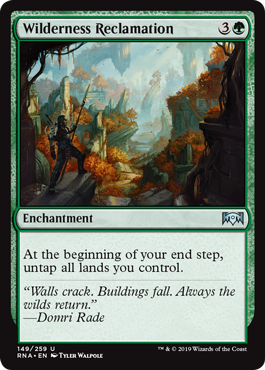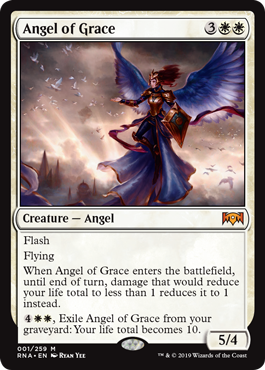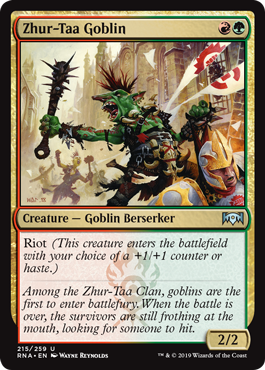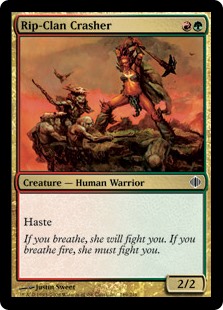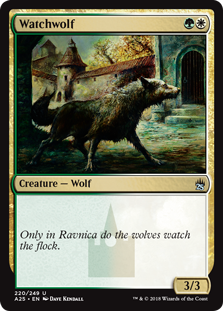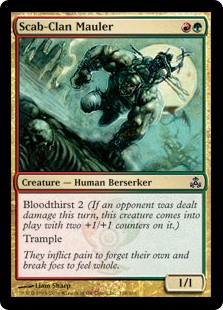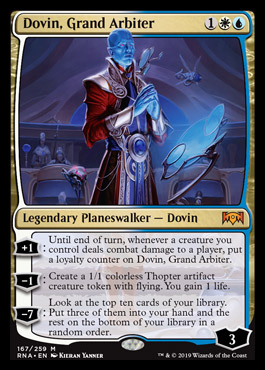Skewer the Critics (and other spectacular Spectacles)
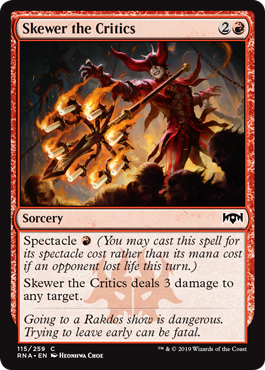
Get ready to Skewer the Critics
Krark-Clan Ironworks… We Hardly Knew Ya!
Or, we’ve known you for seventeen years. Either or.
The King is Dead! Long live Ravnica Allegiance.
Skewer the Critics and Light Up the Stage Are Already Making Waves in Standard
Skewer the Critics is like “Rift Bolt 2K19” according to Mike. Along with Light Up the Stage (aka “Red draw-two”), these Spectacles are driving success for initial builds of Mono-Red.
Patrick and Michael agree that the initial Mono-Red decks in Standard are going to be balls to the wall aggressive. This is a move away from the Arch of Orazca / Treasure Map Red Decks; or even the Experimental Frenzy builds that have been such important pillars of Standard for the last few months. This is because they believe in the importance of racing Wilderness Reclamation decks. If you let one of these upcoming Rampers get going, no midrange deck will be able to keep pace.
Skewer the Critics and Light Up the Stage in Modern
Michael argues that these same Spectacle cards will be outstanding in Modern. Skewer the Critics does basically the same thing as every non-creature card in a Modern Red Deck… And it does so for only one mana, assuming Spectacle. Mike’s thinking is that moving down casting costs is the most important thing a Red Deck can be doing right now; plus, the ability to cut a land lets you increase spell and threat density.
WATCH THIS SPACE for a Modern recap (assuming Mike kicks butt and takes names this weekend in New Jersey).
Make Mine Rakdos: The Black Spectacles
- Drill Bit – Patrick points out how this can pay off a player for running aggressive one drops. Mike sees it as a supplement to Duress (probably out of the sideboard) but is a little skeptical of the Spectacle.
- Spawn of Mayhem – Awesome in part because it so easily enables future Spectacles.
… Plus a Top-Five card that is sure to make your Wilderness Reclamation even more broken. All in:
“Skewer the Critics (and more spectacular Spectacles)”

